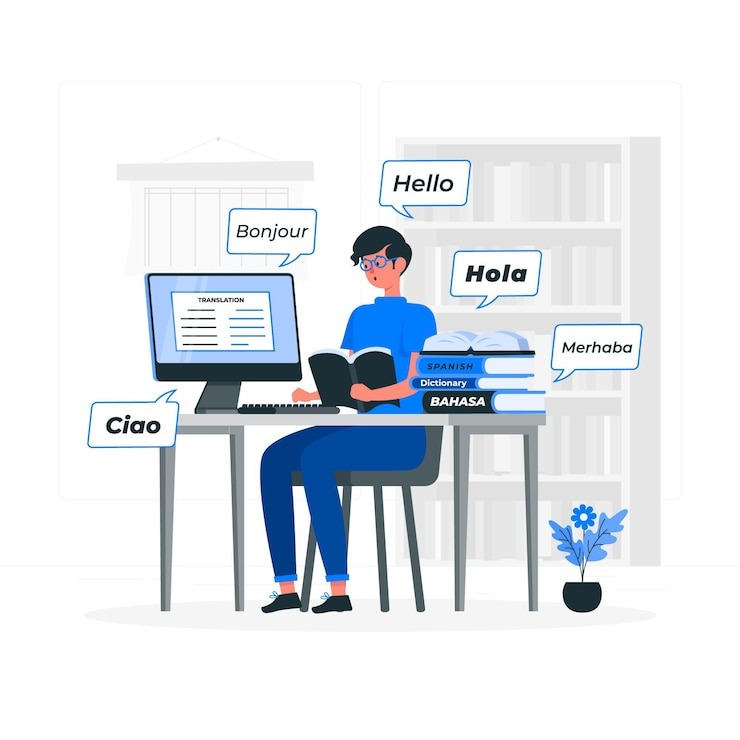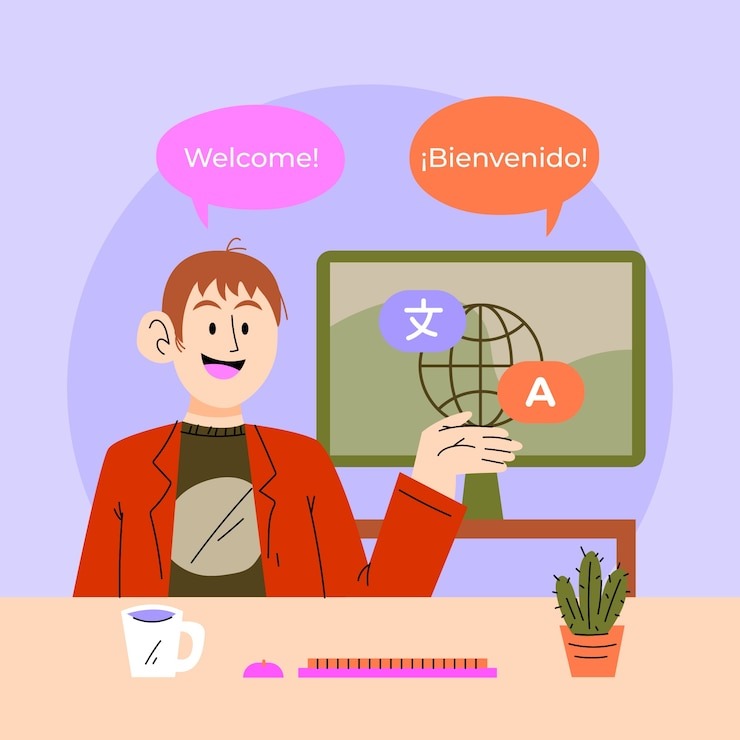The Importance of Language Labs and Language Lab Software in Modern Education

Strong 8k brings an ultra-HD IPTV experience to your living room and your pocket.
In today’s rapidly evolving educational landscape, the integration of technology in language learning has become a game-changer. Among the most effective tools for enhancing language acquisition is the language lab. Whether in schools, universities, or language centers, language labs provide an immersive and interactive environment that fosters better understanding and fluency in foreign languages. When paired with language lab software, these labs take the learning experience to new heights, offering students an advanced platform for practice, feedback, and assessment.
What is a Language Lab?
A language lab is a dedicated space equipped with technology and resources designed to aid in the learning and teaching of languages. Typically, it consists of computers, headsets, microphones, and other audio-visual tools that allow students to engage with language content actively. Language labs provide a dynamic, controlled environment where teachers can monitor student progress in real-time, offering targeted feedback and instruction.
In a traditional classroom setting, students might only practice language skills during certain lessons. However, in a language lab, students can access learning materials anytime, allowing for continuous practice and improvement outside of regular class hours. These labs are also particularly useful for non-native language learners as they help eliminate barriers such as limited exposure to native speakers or a lack of conversational practice.
How Does Language Lab Software Enhance the Learning Experience?
While the physical setup of a language lab is crucial, the role of language lab software cannot be overstated. These software platforms provide the framework that drives the interactive and customized learning experiences that students require. Language lab software enables a range of features that support both self-paced and teacher-led learning:
Audio and Video Integration: One of the core components of language learning is listening and speaking practice. Language lab software allows students to listen to recordings of native speakers, watch video content, and practice pronunciation. These tools help students master the nuances of pronunciation, intonation, and speech patterns that are often difficult to replicate in traditional learning environments.
Speech Recognition and Feedback: Many language lab software programs come with speech recognition technology that listens to students’ spoken responses and provides real-time feedback. This feature is especially beneficial in assessing pronunciation accuracy, helping students correct mistakes immediately and refine their speaking skills over time.
Interactive Exercises: Language lab software often includes a wide range of exercises, from vocabulary drills to grammar practice, designed to engage students in meaningful language tasks. Interactive exercises keep students motivated and provide personalized learning paths based on their proficiency levels.
Real-Time Monitoring and Control for Teachers: Teachers can use language lab software to monitor students' progress and offer individual attention where needed. Instructors can listen in on students’ conversations, provide direct feedback, and control the pace of the lesson. This flexibility allows teachers to customize lessons based on the needs and abilities of each student.
Collaboration and Peer Learning: Many language lab software programs offer tools for students to collaborate with their peers in group activities. These interactive sessions allow students to practice speaking and listening in a social setting, enhancing their ability to use the language in real-life scenarios. Peer learning can be particularly beneficial, as it encourages students to communicate and learn from each other’s mistakes.
Comprehensive Assessment Tools: Language lab software comes equipped with a variety of assessment tools to track student progress. Teachers can assign quizzes, assignments, and oral exams to gauge a student’s proficiency and ensure that learning objectives are met. This data can also be used to identify areas where individual students may need additional support.
Benefits of Language Labs in Language Learning
Improved Listening and Speaking Skills: Language labs provide a comprehensive platform to enhance listening and speaking abilities. Students have the opportunity to listen to authentic language usage and practice speaking in a controlled environment, which is essential for fluency.
Increased Student Engagement: Interactive features of language lab software make learning more engaging and enjoyable for students. The blend of audio, visual, and interactive elements ensures that students remain focused and motivated throughout their learning journey.
Personalized Learning: Language lab software offers customization options that cater to different learning styles and levels. With features like personalized lessons, progress tracking, and adaptive learning paths, students can take charge of their own learning, advancing at their own pace.
Effective Monitoring and Feedback: Teachers can easily monitor student progress and provide targeted feedback using language lab software. This allows for a more efficient learning process, where students receive the support they need to succeed.
Accessibility and Flexibility: Many language labs, particularly those with cloud-based language lab software, allow students to access learning materials from anywhere at any time. This flexibility enables learners to practice on their own schedules, outside of traditional classroom hours.
Conclusion
As the demand for foreign language skills continues to grow in an increasingly globalized world, the role of language labs in education becomes more important than ever. The integration of language lab software in these labs offers a wide range of tools and resources that make language learning more effective, interactive, and personalized. From enhanced listening and speaking practice to real-time assessments and feedback, language labs provide the perfect setting for students to thrive. Whether you are an educational institution, language center, or language learner, embracing this powerful combination of technology can unlock new possibilities for language learning and mastery.
Note: IndiBlogHub features both user-submitted and editorial content. We do not verify third-party contributions. Read our Disclaimer and Privacy Policyfor details.







